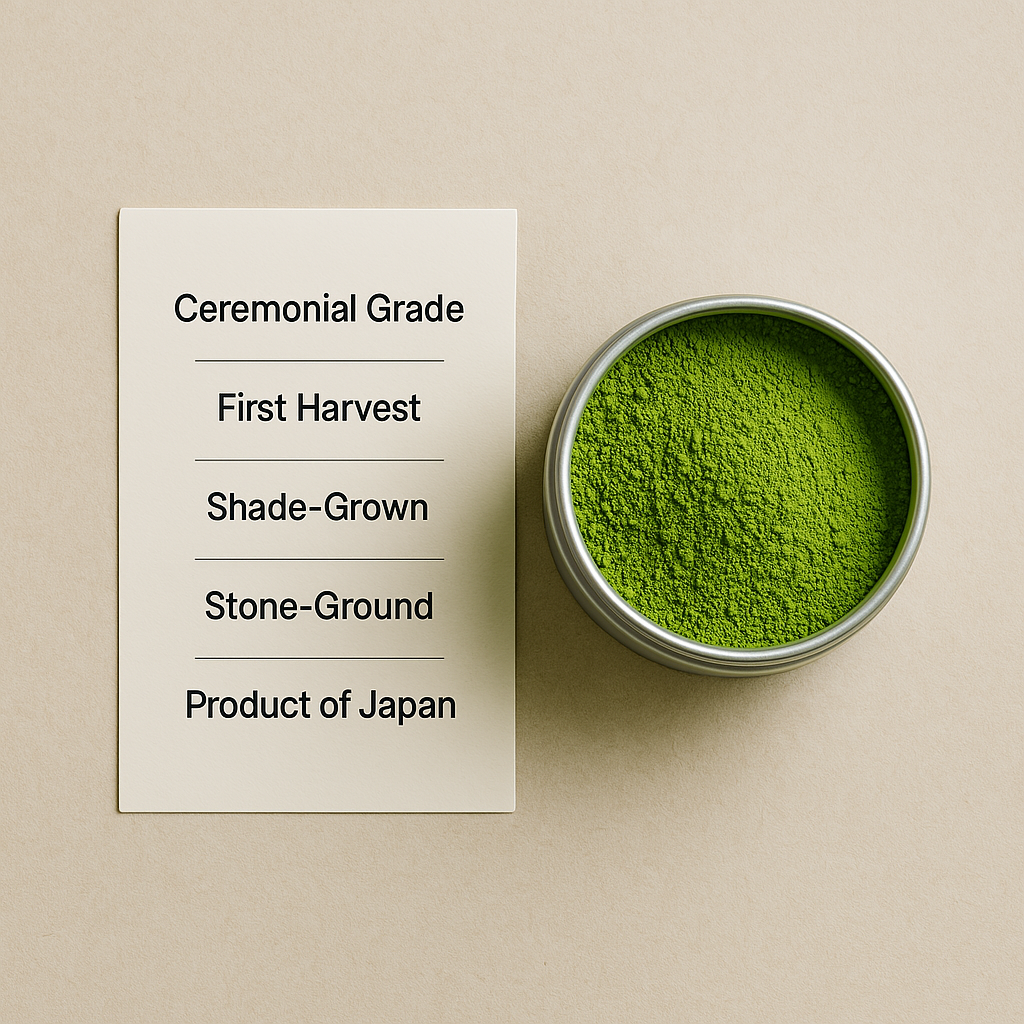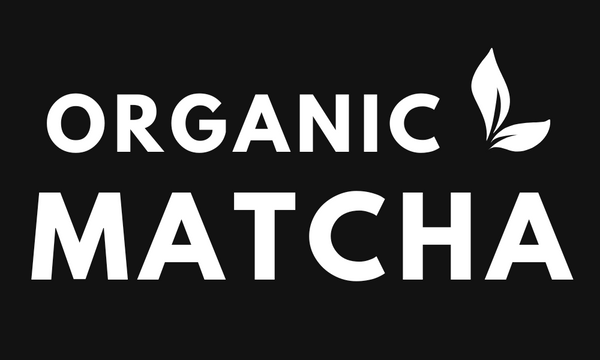
How to read a matcha label - What all the terms really mean
Share
Shopping for matcha can be confusing. Ceremonial, culinary, first harvest, stone-ground, shade-grown - what does it all mean? If you’ve ever felt overwhelmed staring at a shelf (or screen) of green powder, you’re not alone. Let’s break down the most common terms on matcha packaging so you can choose with confidence.
Ceremonial vs. culinary grade
This is usually the first and most important distinction. Ceremonial grade is the highest quality matcha, made from the youngest, most tender leaves. It’s meant for drinking straight, with water or in lattes. The flavor is smooth, slightly sweet, and never bitter. Culinary grade matcha is more robust in flavor, slightly more bitter, and intended for mixing into recipes like smoothies, baked goods, or savory sauces.
First harvest (Ichibancha)
If a label says “first harvest,” it’s referring to the first flush of tea leaves picked in the spring - the most prized and nutrient-dense. These leaves have the best flavor and the most vibrant color. Matcha made from first harvest leaves is usually ceremonial grade.
Shade-grown
All authentic matcha is shade-grown, meaning the tea plants are covered for 2-4 weeks before harvesting. This increases chlorophyll and L-theanine in the leaves, resulting in that signature vibrant green color and smooth umami taste.
Stone-ground
Traditional matcha is made by slowly grinding dried tea leaves between granite stones. This gentle method prevents the powder from overheating and preserves flavor and nutrients. Stone-ground matcha is a sign of quality and authenticity.
Origin
Look for the origin of your matcha - especially if it comes from Japan. Regions like Uji, Nishio, and Shizuoka are renowned for producing the highest quality matcha. A label that specifies the growing region is usually more trustworthy than one that doesn’t.
Color and texture
While not always listed as a term, a high-quality matcha should be bright green (not dull or brownish) and have a silky, talc-like texture. If the label or product photos show vibrant color, that’s a good sign.
Storage tips
Some labels also include tips like “keep refrigerated” or “store in a cool, dry place.” This reflects how delicate matcha is and how important freshness is to its flavor and benefits. (Need more on this? Read our full blog on how to store matcha properly.)
Once you understand the terms, you’ll never have to guess what’s inside your matcha tin again. A good label tells a story - and now, you’ll know how to read it.
